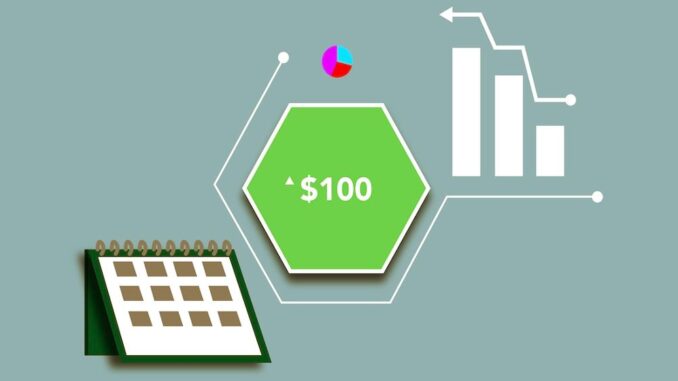
ETFs and stocks work on an almost similar concept, you might not see many differences between the two investment types. But when it comes to how they are used and what they can do for you as an investor, the distinctions are quite clear.
Both have their own advantages and drawbacks, and understanding the differences can help you decide which type of investments are best for your portfolio.
Here’s everything you need to know about ETFs and stocks before deciding on whether to invest in either one or the other.
An Overview of Stocks
A stock is a security that represents partial ownership of a company. When you purchase a stock, you’re becoming a shareholder in the company. If you own shares of Apple, Inc., you are an owner of Apple. Stocks are traded on public stock exchanges. This means they can be bought and sold by investors at different price points throughout the day.
The price of a stock is determined by supply and demand. The price will increase if there is an increased demand for a stock and fewer shares are available. The price will decrease if there is a decreased demand for a stock and more shares are available.
Understanding ETFs
What is understanding ETFs? An exchange-traded fund (ETF) is a type of fund that invests in stocks or bonds. ETFs are traded on stock exchanges like individual stocks. ETFs are widely diversified, meaning they invest in many companies’ stocks to reduce the risk of one company defaulting on its debt. This diversification can help lower your risk as an investor.
The Differences Between ETFs and Stocks
We’ve already talked about diversification with ETFs, but there are a few other key differences between ETFs and stocks that could make one better suited for your portfolio.
Liquidity
Stocks are more liquid than ETFs. This means that you can sell them at any time without restrictions. However, not every ETF is liquid. ETFs that invest in smaller companies or commodities have lower liquidity. This means that you could have a harder time selling them off at a reasonable price.
Structure
Stocks are issued by private companies. ETFs, on the other hand, are issued by a manager or a fund manager. This means that you own a share of the ETF company but do not own the company that issues the stock.
Management
A major difference between stocks and ETFs is that ETFs are passively managed. This means that a team of investment professionals does not actively manage them.
Return on Investment
With a stock, you can expect an investment return that is based on the performance of the company’s management team. With an ETF, you can expect to receive a return based on the performance of the stock market as a whole.
Wrapping It Up
When you invest in the stock market, you have two options: You can either buy shares of individual companies or invest in exchange-traded funds (ETFs). As explained above, both ETFs and stocks are types of equity investments that give you ownership of a company. Understanding the differences between the two, as highlighted above, will help you make more informed investment decisions.
